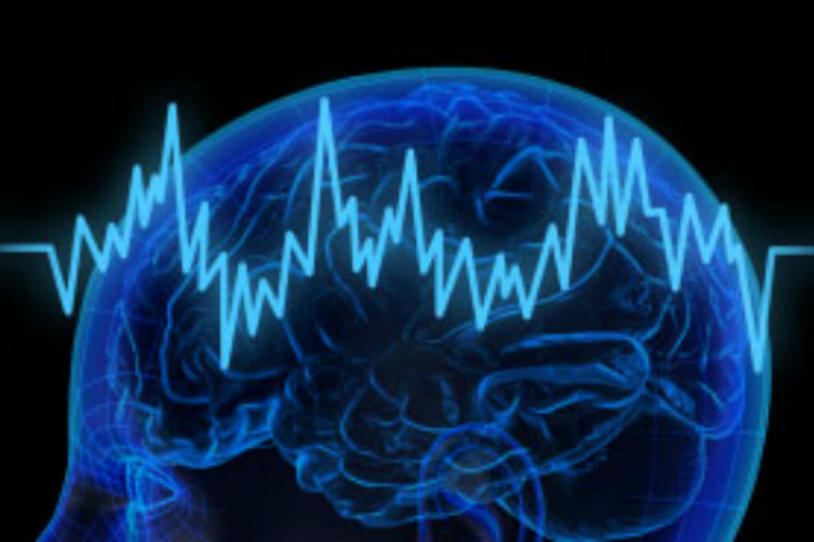
Many clinical trials use a placebo comparison to evaluate the effect of a new drug or therapy. Some people get the active intervention and some get an inactive "fake" treatment that looks the same as the real thing.
Volunteers know when they enroll in a study that there is potential to get placebo. But they, and often also the researchers, don't know who gets drug and who gets placebo until the trial is over. (This is a "double-blind" study.) Here we discuss how and why researchers use placebos to test new therapies.
What is a placebo?
A placebo looks and feels like a medical treatment, but delivers no active therapy. Pills, shots and infusions can all be placebos. With careful planning, surgeries can have placebo lookalikes too. When studying deep brain stimulation (DBS), for example, researchers may implant the device in all participants but turn it on only in some. (After the trial ends, they turn everyone's DBS on.) With other therapies, such as non-invasive brain stimulation or even acupuncture, researchers may "go through the motions" but not perform the standard procedure. This is sometimes referred to a "sham" procedure.
What is the placebo effect?
The placebo effect is when a person experiences benefit from a placebo, which has no active medical treatment. Thinking you'll feel better or taking an action (such as participating in research) may change brain chemistry or work in other ways to improve symptoms and quality of life. Your body can respond to the expectation of a benefit in ways that make you feel better.
Is the placebo effect a good thing?
As researcher David Eidelberg, MD, says, "Some patients may think anything that makes them better is a good thing, but the placebo effect is unpredictable and unsustainable. It's not a practical treatment strategy."
A placebo effect could cause a person to focus on one benefit while neglecting other problems. Say that placebo significantly improves tremor but balance is noticeably impaired. Not treating balance with a proven therapy could be detrimental.
The unpredictability of the placebo effect also complicates research, says Eidelberg. Some people have a bigger placebo response than others, and the strength of the effect differs depending on the therapy (higher for surgery and more expensive medications, for example). And a placebo effect can occur not only in people taking placebo, but also in those taking a new therapy.
Read the full Q&A with Eidelberg about his research to better understand placebo effect.
Can a placebo make you feel worse?
The placebo effect is typically a good response -- less tremor or stiffness, better sleep or improved mood. But sometimes a person gets worse when taking a placebo. Researchers call this a nocebo effect. When someone believes they will have a side effect such as nausea or pain, they experience that symptom.
What about placebo and Parkinson's?
Studies have shown people with Parkinson's experience a significant placebo effect. Exactly how placebos work and why they may have a potentially larger impact in Parkinson's isn't clear. But it likely has to do with dopamine, the brain chemical that decreases in Parkinson's. Brain imaging studies show that placebos stimulate the release of dopamine, which plays a role in the brain's reward system.
Why are placebos important in research?
Researchers need to know that benefits from a new therapy are from the intervention itself and not just from the idea of taking a new treatment. Using placebos lets scientists account for the placebo effect. If the intervention group does significantly better than the placebo group, researchers can be sure the treatment provides benefits. When placebos aren't used, it's impossible to know how much benefit is from the drug itself versus the act of participating in the study.
What if I get a placebo in a clinical trial?
Some people volunteer for clinical trials in hopes of receiving a new drug. But as part of a trial, you are not able to choose whether you receive the therapy or a placebo. Trial protocols assign participants to groups through randomization, a process that ensures the people in the therapy and placebo groups are similar in age, disease symptoms and other characteristics. (This strengthens the comparison between groups.)
The people who take placebo help researchers ensure any effects, either good or bad, are from the new therapy and not another factor. Placebo-controlled trials offer the highest level of scientific evidence for (or against) a therapy. If you're considering a clinical trial, ask the study team what your chances are of getting a placebo. In many studies, more people get the investigational treatment than the placebo. Also, some studies (especially those testing new surgical procedures) may offer the intervention to all participants after a certain time point or milestone.
Learn more about placebos and other aspects of clinical trials in MJFF's Trial Participant Pack.
Register for Fox Trial Finder to match with recruiting Parkinson's studies in your area.

Be Part of the Answer
You have the power to impact your future and the future of millions living with Parkinson's disease. Explore clinical research participation today.
